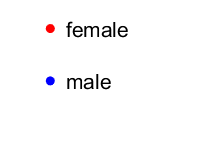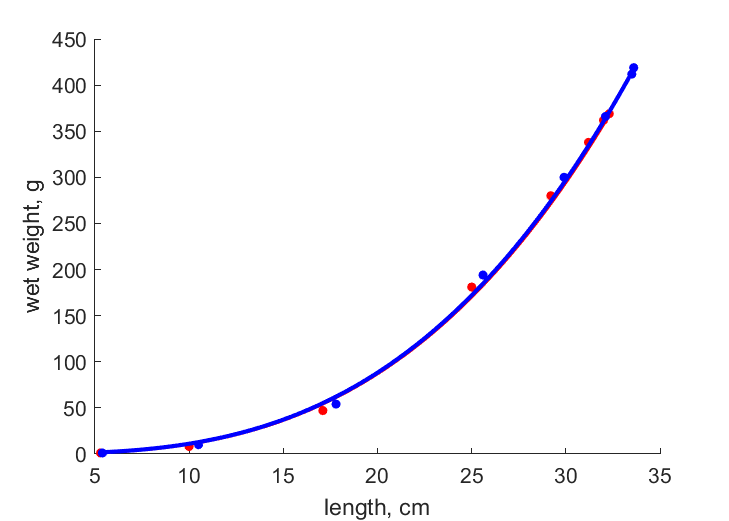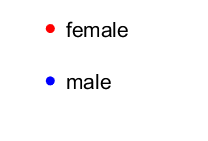Predictions & Data for this entry
| Model: abj | climate: Cfb | migrate: | phylum: |
| COMPLETE = 2.5 | ecozone: THp | food: biCi, jiCvf | class: |
| MRE = 0.035 | habitat: 0jFl | gender: D | order: |
| SMSE = 0.002 | embryo: Fg | reprod: O | family: |
Zero-variate data
| Data | Observed | Predicted | (RE) | Unit | Description | Reference |
|---|---|---|---|---|---|---|
| ab | 72 | 75.81 | (0.05289) | d | age at birth | fishbase |
| am | 2920 | 2920 | (0.0001514) | d | life span | FrosKipl1980 |
| Lp | 15 | 15.02 | (0.001441) | cm | total length at puberty | guess |
| Li | 37.5 | 38.29 | (0.02114) | cm | ultimate standard length | FrosKipl1980 |
| Wwb | 0.0082 | 0.008114 | (0.01053) | g | wet weight at hatch | guess |
| Wwi | 596 | 614.4 | (0.03085) | g | ultimate wet weight | FrosKipl1980, fishbase |
| Ri | 6.849 | 6.905 | (0.008074) | #/d | maximum reprod rate | guess |
Uni- and bivariate data
| Data | Figure | Independent variable | Dependent variable | (RE) | Reference |
|---|---|---|---|---|---|
| tL_f |   | time since birth | length | (0.05241) | FrosKipl1980 |
| tL_m |   | time since birth | length | (0.04052) | FrosKipl1980 |
| LW_f |   | length | wet weight | (0.02415) | FrosKipl1980 |
| LW_m |   | length | wet weight | (0.01811) | FrosKipl1980 |
Pseudo-data at Tref = 20°C
| Data | Generalised animal | Salvelinus willoughbii | Unit | Description |
|---|---|---|---|---|
| v | 0.02 | 0.04487 | cm/d | energy conductance |
| p_M | 18 | 77.02 | J/d.cm^3 | vol-spec som maint |
| k_J | 0.002 | 0.002 | 1/d | maturity maint rate coefficient |
| k | 0.3 | 0.1356 | - | maintenance ratio |
| kap | 0.8 | 0.96 | - | allocation fraction to soma |
| kap_G | 0.8 | 0.8011 | - | growth efficiency |
| kap_R | 0.95 | 0.95 | - | reproduction efficiency |
Discussion
- temperatures are guessed; known as a cold-water species
- Males are assumed to differ from females by {p_Am} only
- mod_1: males have equal state variables at b, compared to females
Facts
- length-weight: Ww in g = 0.00977*(TL in cm)^3.04 (Ref: fishbase)
- Char does not die after spawning like Pacific salmon and often spawn several times throughout their lives, typically every second or third year. (Ref: Wiki)
- Dwarf growth occurs, and autumn spawners stay smaller than spring spawners (Ref: FrosKipl1980)
Bibliography